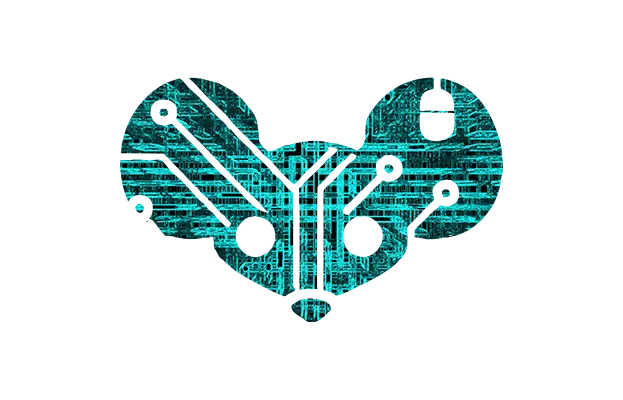This is an unpopular opinion, and I get why – people crave a scapegoat. CrowdStrike undeniably pushed a faulty update demanding a low-level fix (booting into recovery). However, this incident lays bare the fragility of corporate IT, particularly for companies entrusted with vast amounts of sensitive personal information.
Robust disaster recovery plans, including automated processes to remotely reboot and remediate thousands of machines, aren’t revolutionary. They’re basic hygiene, especially when considering the potential consequences of a breach. Yet, this incident highlights a systemic failure across many organizations. While CrowdStrike erred, the real culprit is a culture of shortcuts and misplaced priorities within corporate IT.
Too often, companies throw millions at vendor contracts, lured by flashy promises and neglecting the due diligence necessary to ensure those solutions truly fit their needs. This is exacerbated by a corporate culture where CEOs, vice presidents, and managers are often more easily swayed by vendor kickbacks, gifts, and lavish trips than by investing in innovative ideas with measurable outcomes.
This misguided approach not only results in bloated IT budgets but also leaves companies vulnerable to precisely the kind of disruptions caused by the CrowdStrike incident. When decision-makers prioritize personal gain over the long-term health and security of their IT infrastructure, it’s ultimately the customers and their data that suffer.


I’m one of the admins who manage CrowdStrike at my company.
We have all automatic updates disabled, because when they were enabled (according to the CrowdStrike best practices guide they gave us), they pushed out a version with a bug that overwhelmed our domain servers. Now we test everything through multiple environments before things make it to production, with at least two weeks of testing before we move a version to the next environment.
This was a channel file update, and per our TAM and account managers in our meeting after this happened, there’s no way to stop that file from being pushed, or to delay it. Supposedly they’ll be adding that functionality in now.